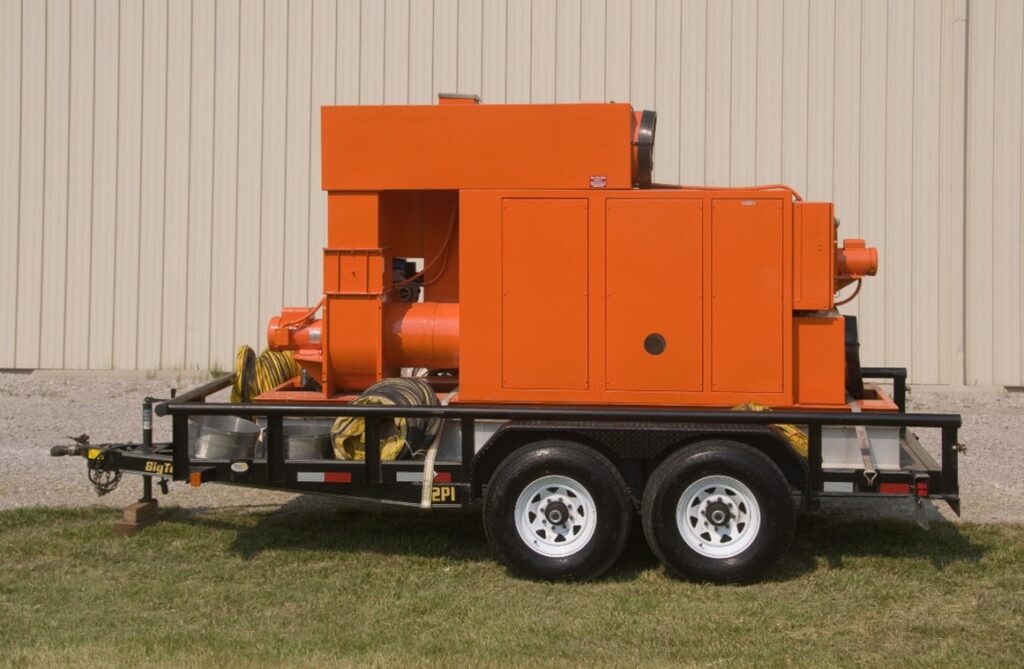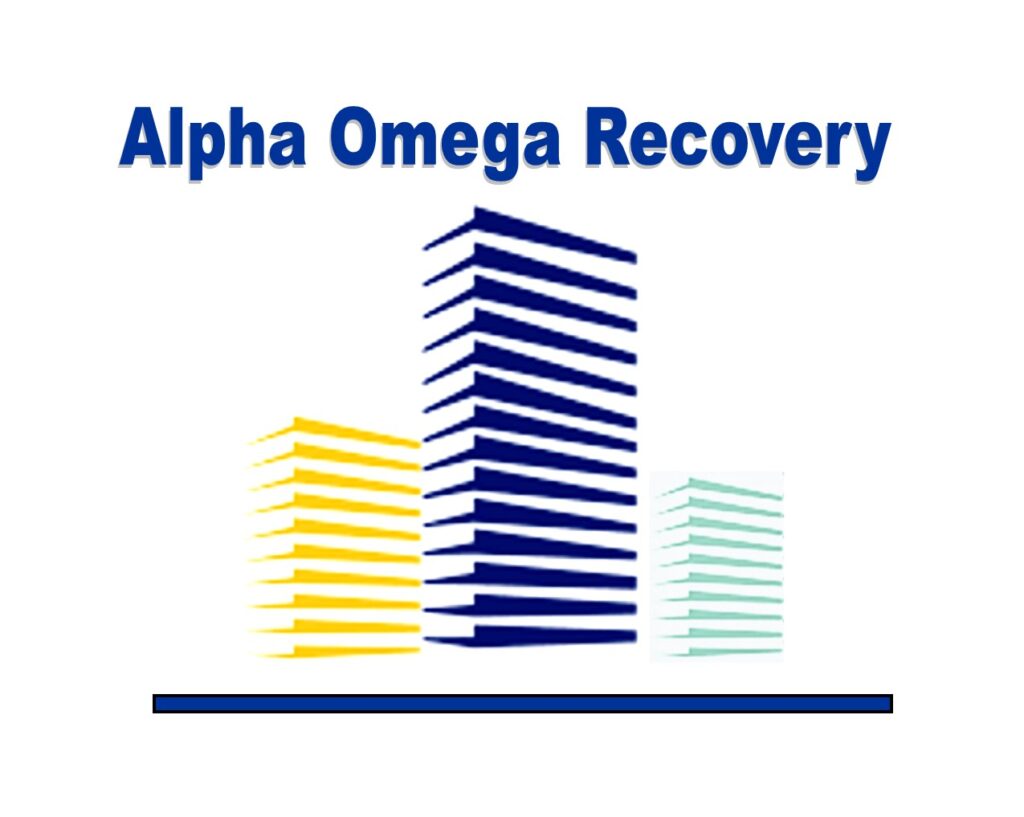Strategies for Prevention and Remediation

In the balmy climate of Florida, where construction projects thrive year-round, the battle against mold in newly built homes is a significant concern. The prolonged exposure of building materials to the elements during construction can create a breeding ground for mold, leading to both health hazards and structural issues. Most of the time materials supply companies deliver the material to the job site and it sets outside in the rain for weeks or months! However, with proactive measures and adherence to best practices, the risks of mold infestation can be significantly reduced, ensuring healthier living environments and more durable structures.
Understanding the Problem
Mold is a type of fungus that thrives in damp, humid environments. In the construction industry, mold growth often occurs when building materials are exposed to moisture for extended periods, such as during storage and construction. In Florida’s humid climate, where rainfall is frequent and temperatures remain warm throughout much of the year, the risk of mold proliferation is increased. Mold not only poses health risks to occupants, including respiratory problems and allergic reactions, but it can also compromise the integrity of the structure itself, leading to costly repairs and potential safety hazards.
Some Preventive Measures
Preventing mold growth begins with proactive measures implemented throughout the construction process. The following strategies can help mitigate the risk of mold infestation:
Proper Storage: Ensure that building materials are stored in a dry, covered area away from direct exposure to rain and moisture. Materials should be stored off the ground on pallets or racks to prevent contact with damp surfaces.
Timely Installation: Promptly install building materials once they are delivered to the job site. Avoid leaving materials exposed to the elements for extended periods, especially during periods of high humidity or rainfall.
Moisture Control: Implement measures to control moisture levels during construction, such as using commercial dehumidifiers or special air movers to promote air circulation. It’s crucial to address any water leaks or intrusion promptly to prevent moisture buildup within the structure.
Protective Coverings: Utilize temporary protective coverings, such as tarps or plastic sheeting, to shield exposed materials from rain and humidity during construction. Be absolutely sure that coverings are securely fastened and adequately ventilated to prevent moisture buildup underneath.
Mold-Resistant Materials: Consider using building materials that are inherently resistant to mold, such as mold-resistant drywall and treated lumber. These materials can help minimize the risk of mold growth even in high-humidity environments. They are definitely more costly but pay big dividends in the long run.

Remediation Strategies
Despite preventive measures, mold infestations may still occur in some instances. In these cases, prompt remediation is essential to mitigate the spread of mold and minimize its impact. Unless you are an expert with a mold license, hire the right company. The following steps can help remediate mold in newly constructed homes:
Inspection: Conduct a thorough inspection of the affected areas to assess the extent of the mold infestation. Identify any underlying moisture issues that may have contributed to the mold growth and address them accordingly. (Such as not drying the building materials quickly after installation).
Removal of Affected Materials: Remove and dispose of any materials affected by mold, such as contaminated drywall, insulation, or carpeting. Ensure proper containment and disposal procedures to prevent the spread of mold spores to unaffected areas.
Cleaning and Disinfection: Thoroughly clean and disinfect surfaces exposed to mold using appropriate fungicidal solutions. Pay close attention to areas with visible mold growth and adjacent surfaces that may have been contaminated. Remember that “dead” mold spores are just as dangerous as “live” spores, so the mold has to be completely removed – not just sprayed or covered up.
Drying and Dehumidification: Implement drying and dehumidification measures to remove excess moisture from the environment and prevent mold recurrence. Use commercial air movers and dehumidifiers, (even consider a trailer-mounted desiccant), and proper ventilation to promote drying and discourage mold growth.
Prevention Strategies: Once remediation is complete, implement preventive measures to minimize the risk of future mold infestations. This may include ongoing maintenance, regular inspections, and continued vigilance against moisture intrusion. Even maintaining an appropriate temperature level in the property can help.
Conclusion:
Mitigating mold in newly constructed homes requires a multifaceted approach that encompasses both preventive measures and prompt remediation strategies. By addressing moisture control, utilizing mold-resistant materials, and implementing proper construction practices, builders can significantly reduce the risk of mold infestation and create healthier, more durable living environments for occupants.
Additionally, timely remediation and ongoing maintenance are essential to address any mold issues promptly and prevent their recurrence. By prioritizing mold prevention and remediation, builders can ensure the long-term quality and safety of their construction projects in Florida’s challenging climate.
Author: Dick Wagner, Tactical Specialist 239-427-1567

